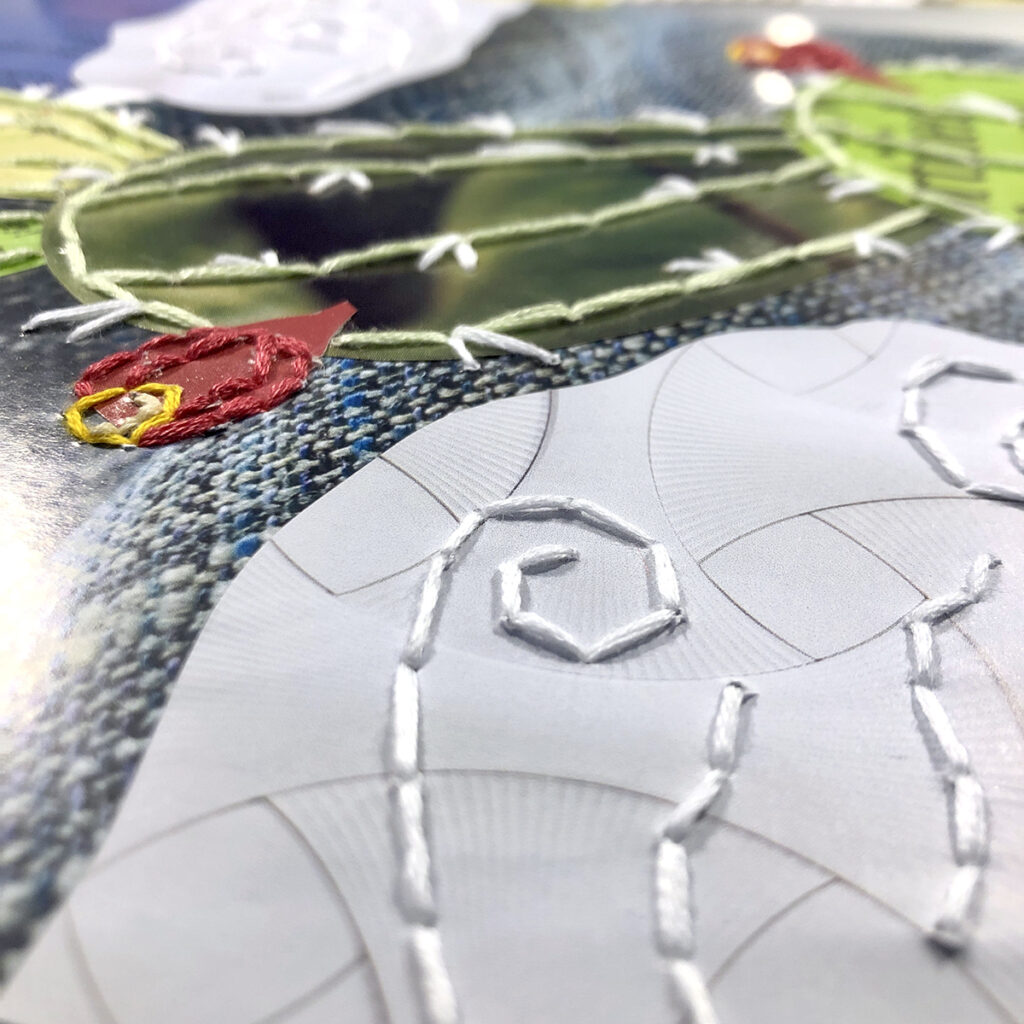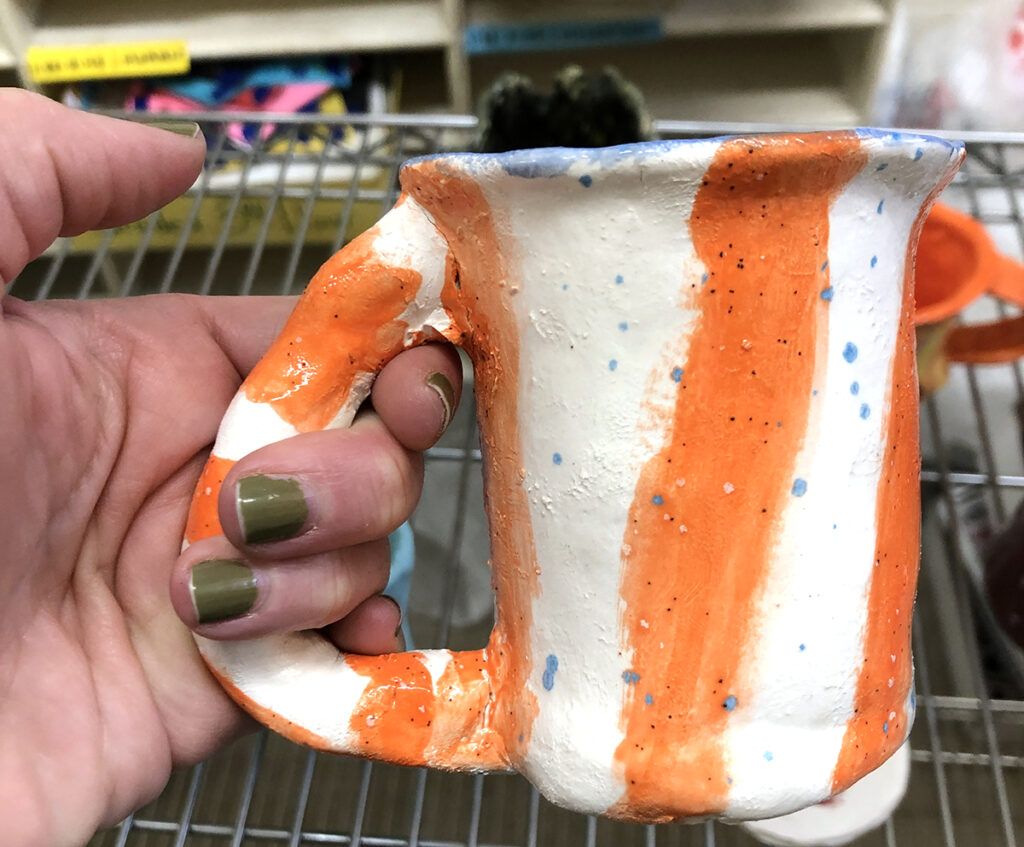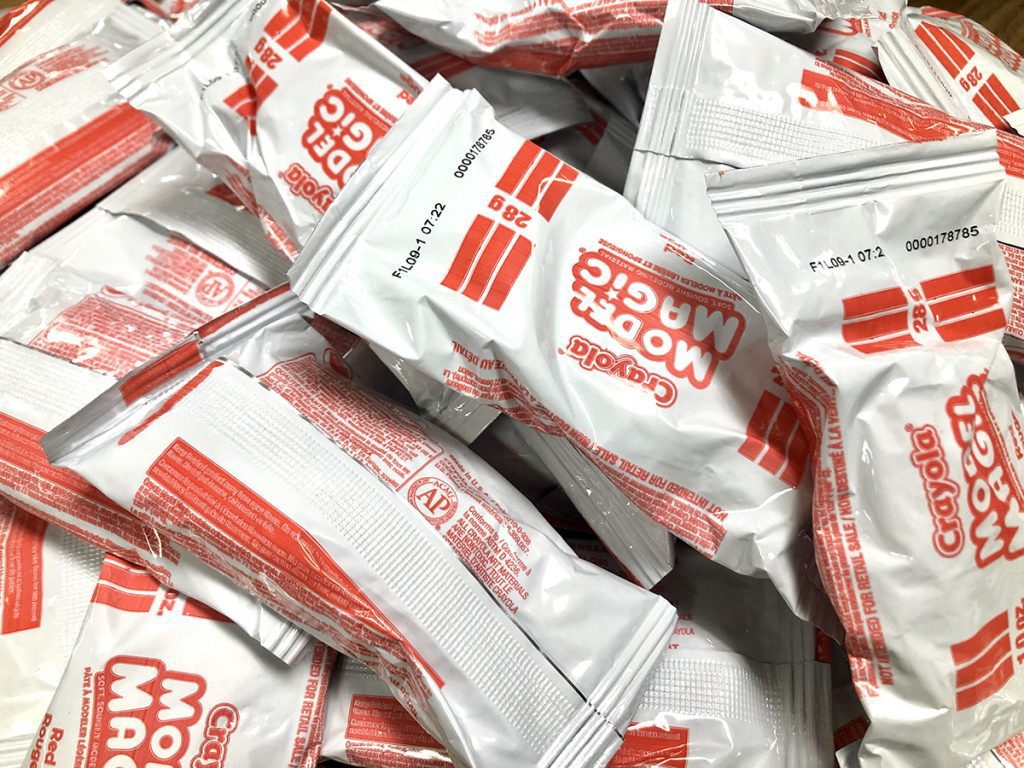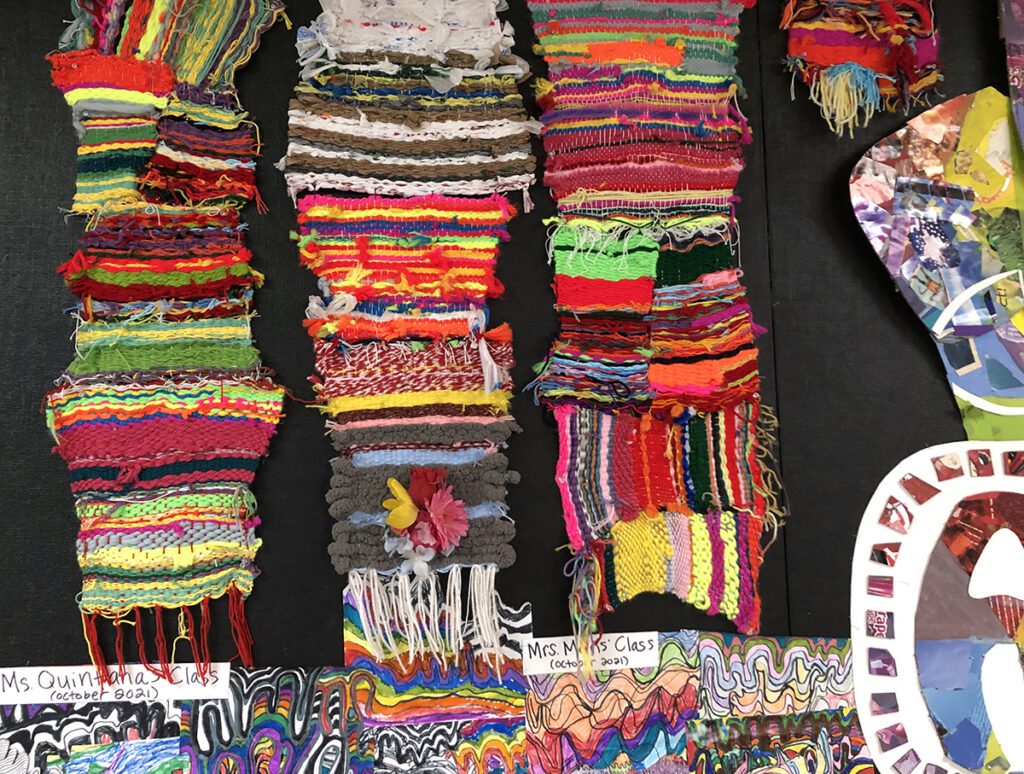Sure, they are messy and take up space, but students love creating sculptures in the art classroom. Students enjoy the feel and texture of clay, plaster, foil, and papier-mâché. They can’t wait to return to class and are proud to take home their three-dimensional masterpieces. Students also think sculpture supplies are “special;” they may not use them often, so it’s a treat! As art teachers, we love helping students find what they are passionate about—even if it’s a bit messier than a traditional drawing.
Sculptures can be messy, but students love the challenge of a project in the round! Keep reading for six reasons why we love sculpture projects.

1. Spatial Thinking
How many times have you told your students to fill the space on their drawing paper? It’s hard enough to get students to use their entire paper, so it makes sense that students will struggle when faced with a three-dimensional design. Students now need to consider height, width, depth, scale, and proportion! Because of this “extra” critical thinking, sculpture can help students become better drawers.
2. Tactile Learning
We love when students use hand-eye coordination to work on art assignments! It helps students with the dexterity and fine motor skills that have been left stagnant due to Covid’s virtual learning and increased screen time. These skills then transfer to other content areas. The Philly Art Center explains, “During art lessons, your child’s small muscles in the fingers, hands, and wrists are exercised and strengthened, helping to make learning to write easier. You may not realize it, but the control over finger movements used for clay modeling and finger painting is the same control the child needs to be able to grasp a pencil and write.”
Try a tactile art project, like weaving, to help strengthen hand and finger muscles and improve concentration. (For more on weaving, watch the Basic Weaving Techniques Pack in PRO Learning.) Oddball mediums like cotton balls, cotton swabs, tissue paper, sand, chalk, and pastels are great tools to engage the senses. Adding a scented drink mix to homemade clay can help trigger the sense of smell.
3. Functional Items
A significant advantage of the art room is students can take home, wear, display, or use what they make. Students can create items with a functional purpose, especially with three-dimensional art, for themselves or as a gift for others. It’s the magic of function and form merging!

Try out these functional sculpture Lessons in FLEX Curriculum:
- Woven Game Boards
- Building a Bell
- Design Your Own Drawstring Bag
- Wet Felted Necklaces
- Planter Portraits
4. Studio Ownership
A well-oiled art classroom includes student ownership of art supplies. This simply means that students take care of and return art supplies. Sculpture often brings fun tools to the table, such as hot glue guns, box cutters, wire, spray paint, and kilns. It is important to review studio safety regarding equipment, tools, and materials. Keep students accountable with an art room safety waiver at the beginning of the year or unit. Students’ art room ownership increases when they take on this responsibility.

5. Evolving Project
Three-dimensional pieces often begin as tiny thumbnail sketches. It is no small feat to take small squares of an idea and translate them into a full-blown three-dimensional object. Ideas often evolve a few times during the creative process, providing opportunities for students to adapt. It is cool to see students look back at their original sketches and walk you through how their first idea transformed and changed along the way.
6. Problem-Solving
Artworks in the round can have more challenges than a drawing. If an idea evolves, it often means changing the sculpture’s entire form. Three-dimensional projects can also test students’ limits when a material or medium does not hold up (sometimes literally). For instance, when building a papier-mâché sculpture, students may need to switch from a cardboard toilet paper tube armature to a wire base for more stability. Flexibility and adaptation are key parts of the learning process when creating three-dimensionally.

Art teachers love sharing hands-on tactical skills that can enable students’ dexterity, fine motor skills, and focus! When students dive into artmaking with both hands, it’s mesmerizing. It teaches them to problem-solve, adapt, and shift project plans as well as enhance their two-dimensional artmaking skills. Furthermore, the extra supplies and responsibilities in the studio allow students to take ownership and pride in their space and work. It’s an added bonus when students can make something functional to use at home. No wonder students love sculpture! So, what will you have your students sculpt this week?
What do you love about sculpture?
How do you prepare a class to work three-dimensionally?
What is your favorite sculpture medium?
Magazine articles and podcasts are opinions of professional education contributors and do not necessarily represent the position of the Art of Education University (AOEU) or its academic offerings. Contributors use terms in the way they are most often talked about in the scope of their educational experiences.





